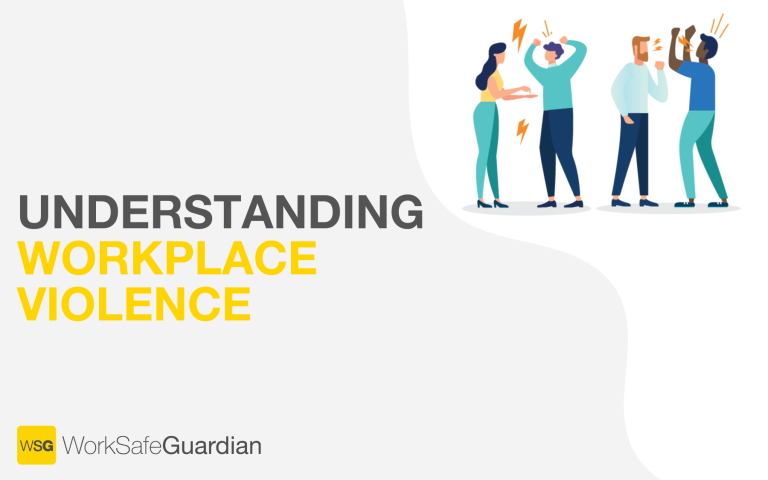
Guide to Working Alone
Discover our guide for employees working alone. Explore risk assessment, communication strategies, and the role of WorkSafe Guardian in ensuring a secure work environment. Empower your lone workers with actionable tips for working alone safely.









